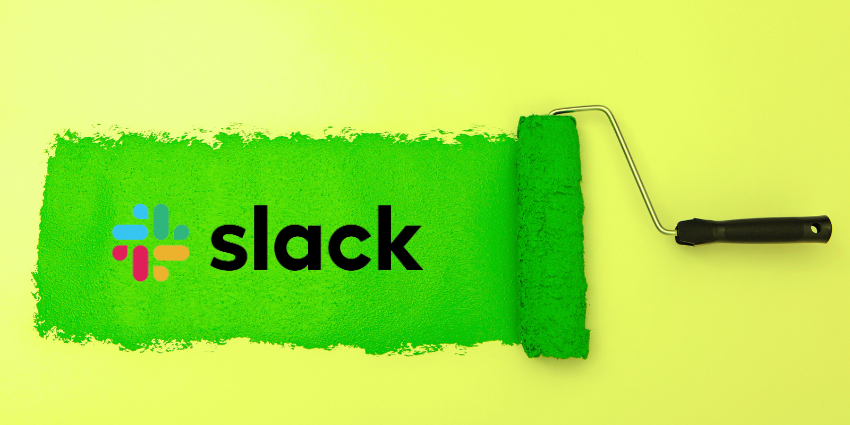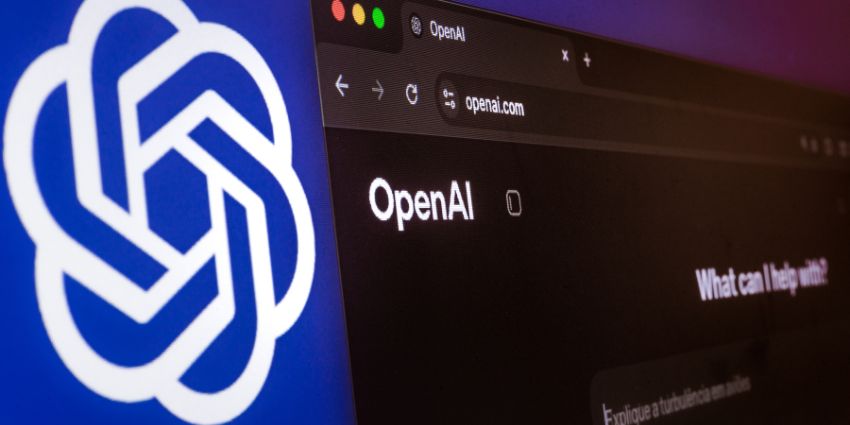Slack is rolling out Slack canvas to enhance real-time collaboration between teams in Slack channels via the new information-sharing hub.
Canvases will allow teams to spend more time working and less time searching for information.
This comes at a time when organisations are looking to drive productivity, while simultaneously innovating to meet economic pressures.
The “team at Slack” recently wrote in an article on Slack canvas: “Although we have more tools and ways of exchanging ideas than ever before, it’s becoming increasingly difficult for teams to manage, find and share knowledge and team resources.
“For work to actually work, your tools have to help you connect business-critical knowledge with the people who need it.
“Today we’re beginning the rollout of Slack canvas, a new surface where teams can create, organise and share essential information – all inside Slack, your productivity platform.”
Canvases offer teams a place in which they can organise and share information, akin to a shared document or virtual whiteboard.
The information held within canvases can include various formats, such as files, text, apps, rich media and link unfurls, and previewing systems of record, like Salesforce Customer 360.
All the information is captured and displayed in a single view, no matter which information formats have been added.
Users can search canvases to find the information they need, which enables knowledge management across organisations.
Teams can copy a canvas into a Slack huddle, enabling teams to view, discuss, and make edits in real-time.
A canvas can be paired with the Slack platform, letting users add no-code workflows into the canvas. This makes it easier for co-workers to find these automations and information can be included to add context and explain how to use it.
Embed buttons, for example, can be embedded into a canvas to request company phones or new devices from the IT department.
Uses of Slack canvas for teams could include tracking action items, logging meeting notes, sharing relevant links and resources, creating an overview for the channel with FAQs, and listing key stakeholders and their responsibilities.
Sales teams can also leverage Slack canvas to help keep co-workers up to date, allowing reps to focus on closing deals.
The “team at Slack” elaborated: “Sales teams can spin up a customer account channel equipped with an accompanying canvas that the entire account team can use to stay aligned.
“This could include links to important files and other canvases, such as account subscriptions and executive briefing notes, and a curated list of relevant channels that the team needs to reference to support their account.
“Even opportunity data and usage and spend data from Salesforce Sales Cloud can be automatically incorporated into a canvas.
Slack canvas has begun rolling out and it will be available to all users in the coming months, according to Slack.
Customers on paid subscriptions will be able to access standalone canvases and canvases within channels and DMs.
Teams using a free version of Slack can use canvases in channels and DMs, but not standalone canvases.
Earlier this month, Slack deployed ChatGPT to provide millions of daily users with instant conversation summaries, research tools, and writing assistance within Slack.
In February this year, UC Today investigated the effect of switching to Slack for Lyft, one of the world’s biggest private transportation and car hire companies.







